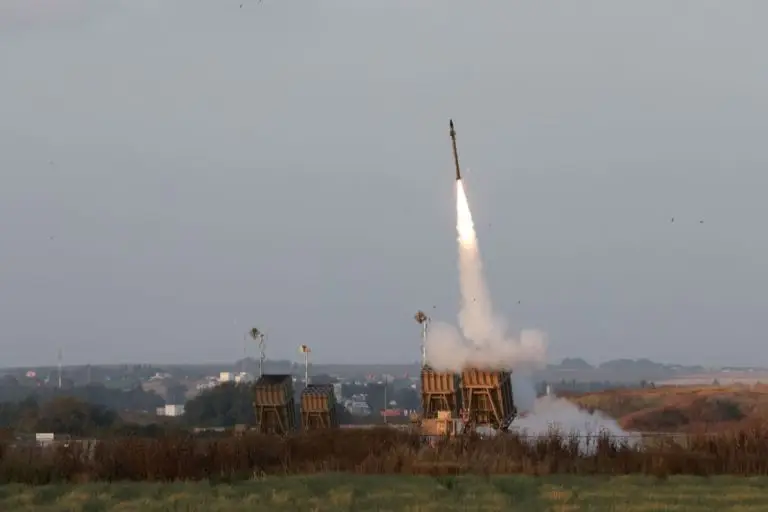
Iran’s attack: How Israel’s iron dome works
Israel’s iron dome: In recent years, the geopolitical landscape of the Middle East has been marked by tensions and conflicts, with Iran often at the center of attention.
Amidst these tensions, Israel’s Iron Dome has emerged as a critical defense system, providing protection against missile threats from various adversaries, including Iran.
In this article, we delve into the workings of Israel’s Iron Dome and its significance in countering potential attacks from Iran.
Introduction to Israel Iron dome
Israel‘s Iron Dome is a sophisticated missile defense system designed to intercept and destroy short-range rockets and artillery shells fired from distances of 4 to 70 kilometers away.
Developed by Rafael Advanced Defense Systems, in conjunction with Israeli defense forces, the Iron Dome has become a symbol of Israel’s commitment to protecting its citizens against incoming threats.
How Does the Israel Iron Dome Work?
At the heart of the Iron Dome system are three main components: detection and tracking radar, battle management and weapon control system (BMC), and interceptor missiles.
When an enemy projectile is launched, the detection and tracking radar identifies the trajectory and sends this information to the BMC, which analyzes the threat and determines whether it is heading towards a populated area.
If the BMC assesses the incoming projectile as a threat, it calculates the optimal interception point and launches an interceptor missile to intercept and destroy the incoming threat mid-air.
The interceptor missiles, known as Tamir missiles, are equipped with advanced guidance systems and explosives, allowing them to precisely target and neutralize enemy projectiles.
Significance in Countering Iran’s Threat
Iran, with its long-standing animosity towards Israel, poses a significant threat to the security and stability of the region.
Iran has supported various proxy groups, such as Hezbollah in Lebanon and Hamas in Gaza, which have repeatedly launched rockets and missiles towards Israeli territory.
In this context, the Iron Dome plays a crucial role in deterring and neutralizing potential attacks from Iran and its proxies.
Iran’s arsenal includes a variety of short and medium-range ballistic missiles, as well as rockets equipped with advanced guidance systems.
These projectiles pose a direct threat to civilian populations and critical infrastructure in Israel.
However, the Iron Dome’s ability to intercept and destroy incoming threats provides a vital layer of defense against Iran’s missile capabilities.
Challenges and Limitations
While the Iron Dome has proven to be highly effective in intercepting incoming threats, it is not without its challenges and limitations.
One of the main challenges is the sheer volume of incoming projectiles during periods of heightened conflict.
Despite its high success rate, the Iron Dome cannot guarantee a 100% interception rate, and some projectiles may still penetrate Israeli airspace.
Additionally, the cost of operating and maintaining the Iron Dome system is significant, leading to debates over its long-term sustainability.
According to some analysts, the resources allocated to missile defense could be better spent on other defense priorities or social programs.
However, proponents emphasize the invaluable protection it provides to Israeli civilians and infrastructure.
Israel’s Iron Dome represents a remarkable technological achievement and a critical component of its defense strategy against threats from Iran and other adversaries in the region.
By intercepting and destroying incoming projectiles, the Iron Dome helps safeguard civilian lives and maintain stability in the face of ongoing tensions and conflicts.
While challenges and limitations exist, the Iron Dome remains a potent deterrent against potential attacks, underscoring Israel’s commitment to ensuring the security and well-being of its people.


